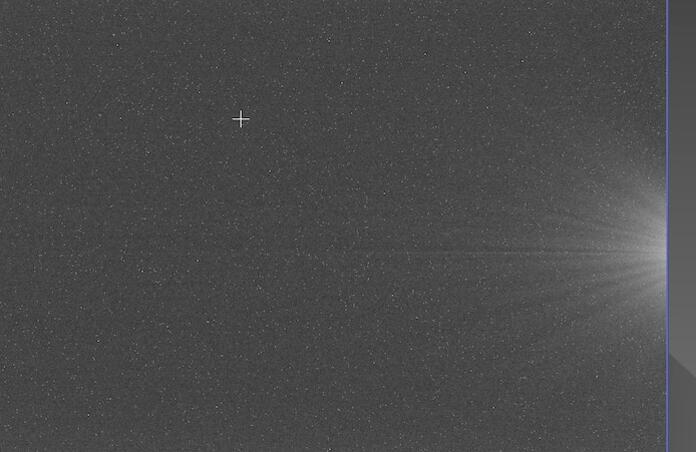Learning About Amp Glow

This week, I’ve been learning about amp glow but unfortunately it’s been via the hard way. I’ve been inaugurating my QHY 294M camera through my Astro Tech AT102 refractor. I started building a dark library and I noticed this strange glow from the right edge of my dark frames. At first I thought maybe I had a light leak somewhere, but after checking and ruling out that possibility, my investigation arrived at the real culprit - amp glow.
Amplifier glow refers to a glow you would get in an image that is primarily caused by the camera. Now we simply refer to it as just “glow” and it is generally caused by the heat from the readout circuitry of the imaging chip. For CCD cameras, it was generally caused by the amplifier that, with the rest of the chip’s circuitry was located on the chip frame.
However, Complimentary Metal Oxide Semiconductors (CMOS) cameras like my QHY 294M, the circuitry is integrated with the pixels on the sensor. Each pixel has the ADC, clock generators and other circuitry integrated with it. The circuitry can generate heat and Near Infrared light which can cause glows on your image. In my case, I wound up with my dark frames looking like the one I’ve attached and the longer the exposure time, the brighter the glow seems to get. This will definitely be a problem when you process your light frames.
So how do we address this? The general recommendations I’ve found have been pretty consistent no matter what source I read or forum I looked at.
First, glows are generally removed by subtracting a properly constructed master dark frame. To create a solid master dark, make sure you capture your dark frames (generally 20 to 30) at the same temperature, exposure time, gain and offset settings as you did your light frames.
Second, when you calibrate your light frames use the master dark frame, master flat frame and master dark flat frame. Apparently a master bias frame will not help and it’s not recommended to be used.
Third, if your calibration software has a dark optimization feature, disable it. If this feature is enabled during calibration it will scale the master dark and could result in a mismatch with any glows in the light frame. It may even make the problem much worse, leaving you with nothing but yelling #@!&#*&!. However, if done correctly, things seem to work out Ok.
Stay safe and get your neighbors to turn off their lights at night….
This blog post was originally published in our Telescope Live Community.
The Community represents Telescope Live's virtual living room, where people exchange ideas and questions around astrophotography and astronomy.
Join the conversation now to find out more about astrophotography and to improve your observation and post-processing skills!

